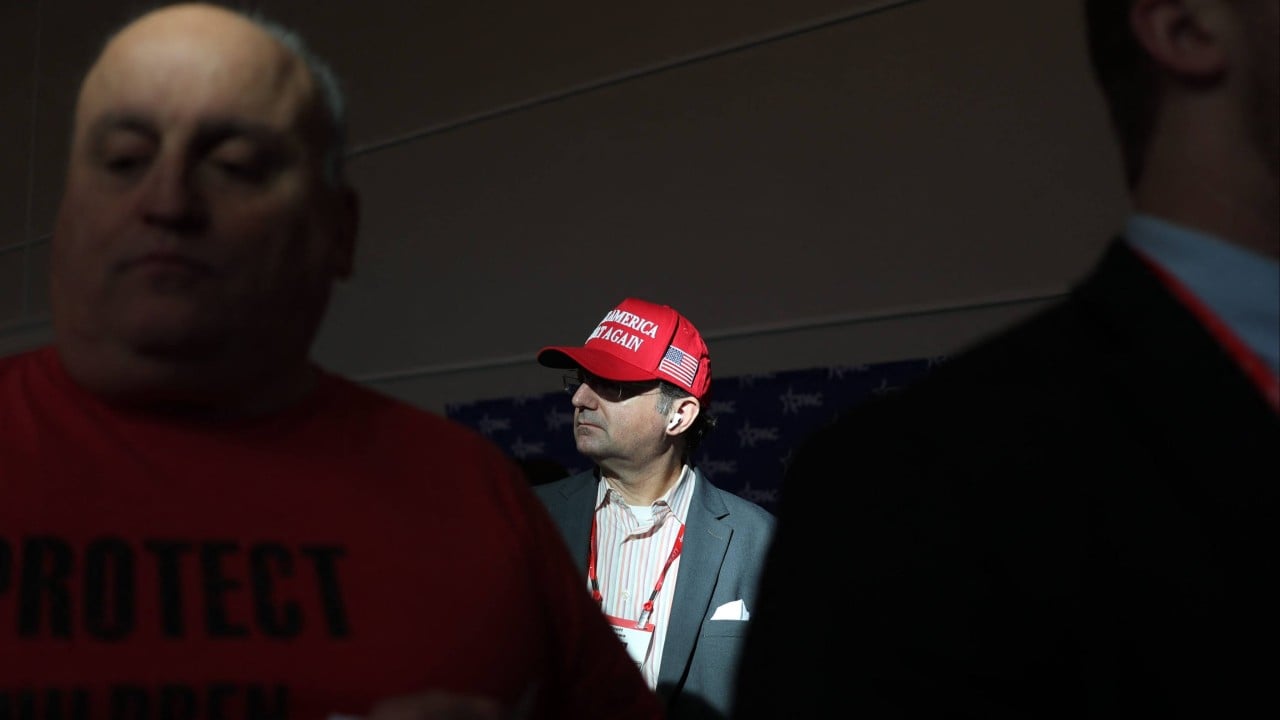Besides US President Donald Trump’s land grab threats, tariffs seem a key lever in his economic and foreign policies. But despite their allure, tariffs cannot serve conflicting policy goals. Arbitrary tariff moves do not add up to a coherent economic strategy.
Advertisement
The starkest contradiction lies in tariffs – and tariff threats – fuelling the very inflation Trump pledges to contain. His election victory hinged on voter anger over inflation and he promised in his inauguration address last month to “defeat” high inflation. In January, however, US core consumer price index rose by 0.4 per cent, which would translate to 4.8 per cent when annualised. Since his election, inflation expectations have grown, with households in the long-running University of Michigan consumer survey expecting an inflation rate of 4.3 per cent over this year.
In his inauguration speech, Trump also spoke of his vision to rejuvenate American manufacturing, presumably using tariffs to reshore manufacturing. But higher tariffs will drive up prices, amid wage inflation from the crackdown on undocumented migrants.
Trump announced 25 per cent tariffs on goods from Canada and Mexico, only to quickly reverse the decision after extracting concessions. Meanwhile, despite grandiose election promises, his tariffs on Chinese imports were a mere additional 10 per cent.
The same executive order also removed the “de minimis” duty exemption for small-value packages arriving in the US, which are overwhelmingly from China. He suspended the de minimis decision soon after, in yet another rapid flip-flop that introduces business uncertainties. While Trump may yet increase and expand his use of tariffs, from such actions, he also seems aware of their impact and that they are not to be used lightly.
Among the goods most affected by US tariffs on China are laptops and smartphones, where Chinese manufacturers have strong competitive advantages. With Southeast Asia and India emerging as alternative production locations, returning the manufacturing of these products to the US is unrealistic.

